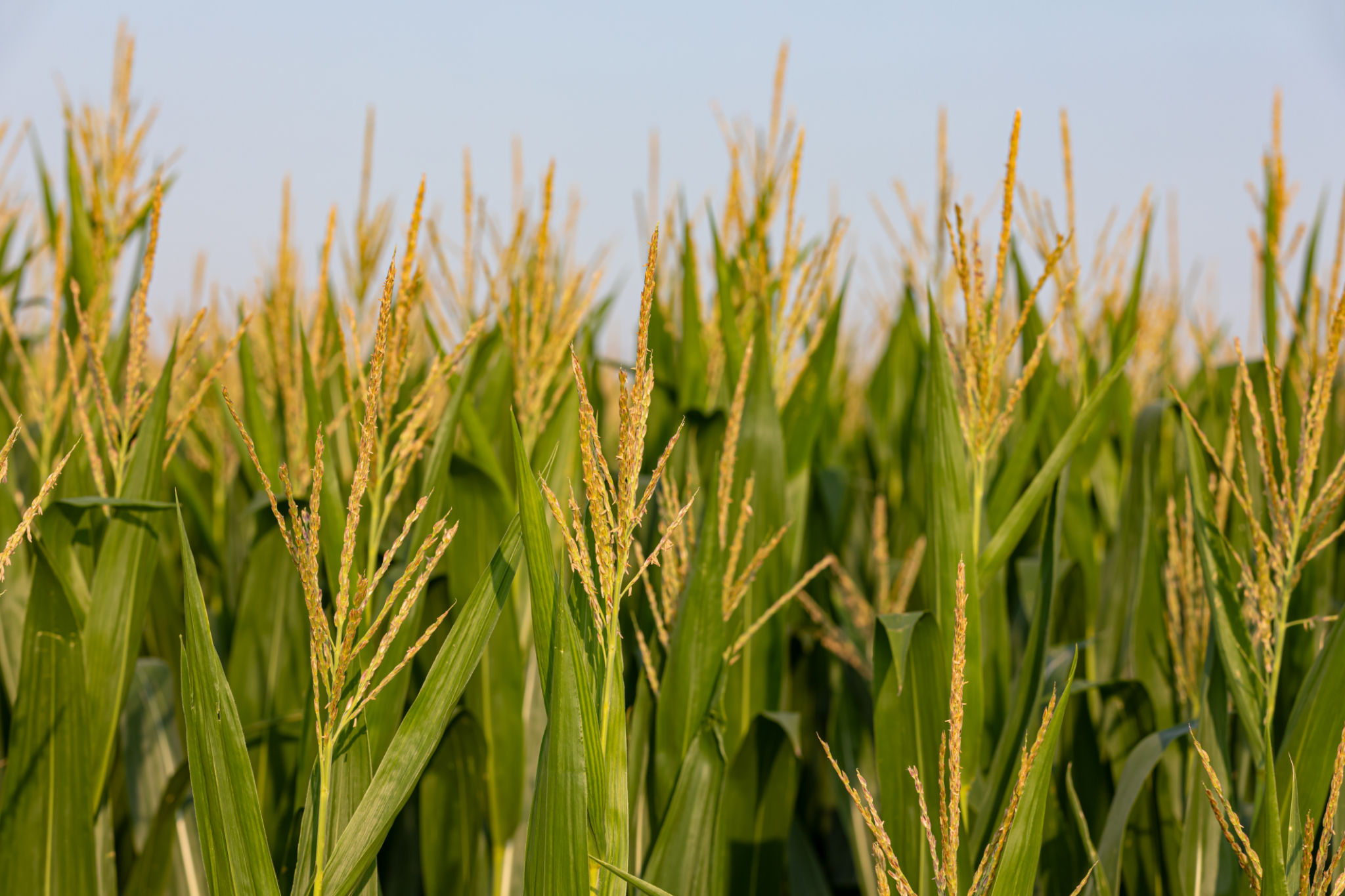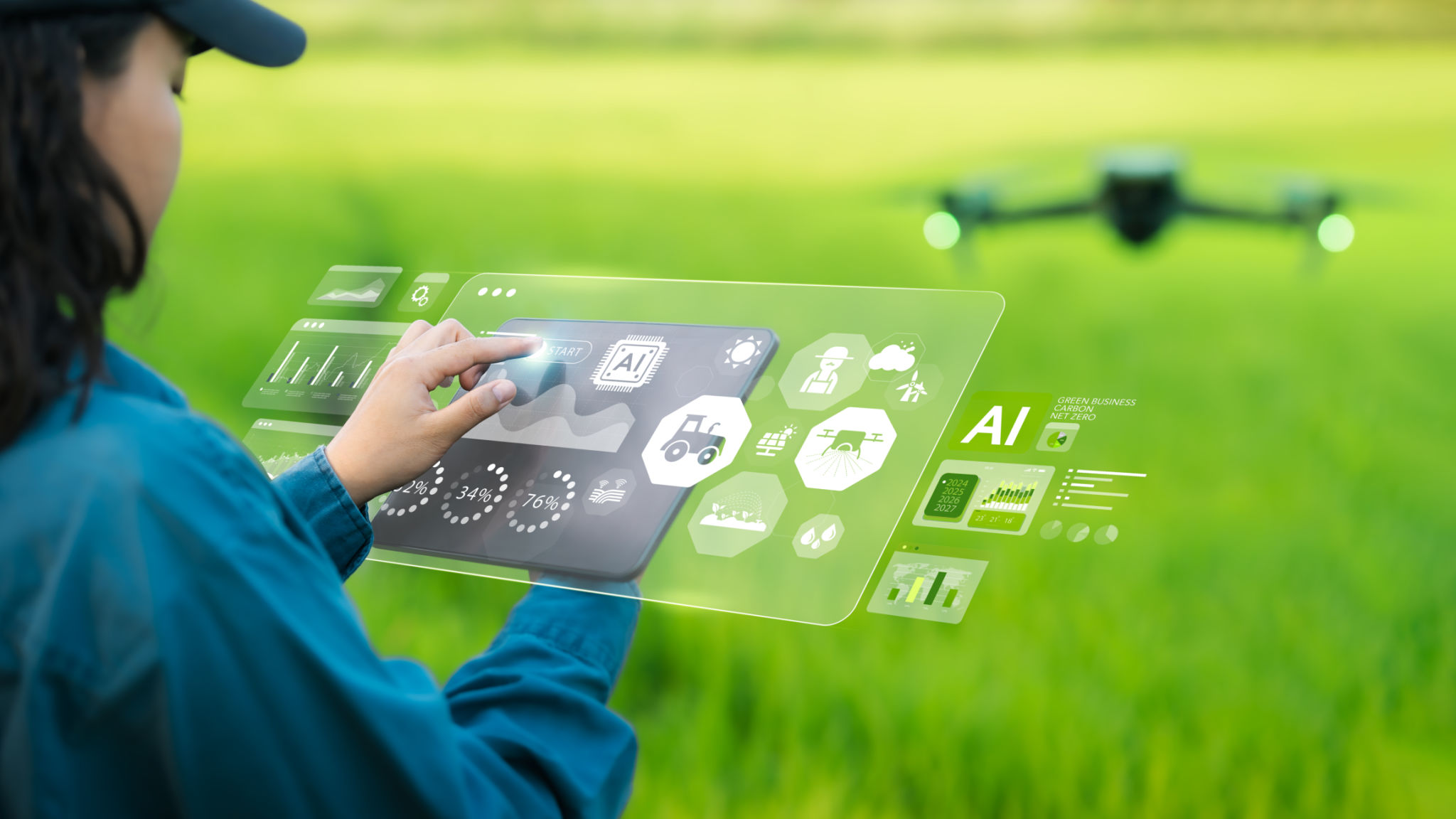The Future of Farming: How Robotic Crop Harvesting is Revolutionizing Agriculture
The Dawn of a New Era in Agriculture
In recent years, the agricultural industry has seen a significant shift towards technological innovation. Among these advancements, robotic crop harvesting is emerging as a game-changer. This revolutionary approach is set to redefine how we think about farming, promising increased efficiency, reduced labor costs, and enhanced crop yields.
Robotic crop harvesting utilizes autonomous machines equipped with advanced sensors and machine learning capabilities to perform tasks traditionally handled by human laborers. These robots can operate around the clock, regardless of weather conditions, and are capable of identifying, picking, and sorting crops with precision.

Benefits of Robotic Harvesting
The integration of robotics in agriculture offers numerous benefits that are reshaping the industry. Firstly, it addresses the labor shortage that many farms face. With fewer people willing to work in agricultural roles, robots fill a crucial gap by handling labor-intensive tasks efficiently.
- Cost Efficiency: Although the initial investment in robotic systems can be substantial, the long-term savings on labor costs and increased productivity can outweigh these expenses.
- Precision Agriculture: Robots are equipped with sensors that allow them to harvest crops with minimal waste, ensuring that only ripe produce is picked.
Improving Crop Yields
Robotic systems are not only about efficiency but also about improving crop yields. By using data analytics and real-time monitoring, these machines can optimize the timing and method of harvesting, which can lead to better quality produce and reduced spoilage.

Challenges and Considerations
While the benefits are compelling, the adoption of robotic crop harvesting is not without challenges. The high cost of technology and maintenance can be prohibitive for small-scale farmers. Additionally, there is a learning curve associated with integrating these systems into existing farming practices.
There is also the question of technological reliability. Machines must be robust enough to handle different crop types and environmental conditions without failing. However, as technology advances, these hurdles are gradually being overcome.

The Role of AI in Farming
Artificial Intelligence (AI) plays a critical role in enhancing the capabilities of robotic harvesters. With AI, robots can learn from each harvesting cycle, improving their performance over time. This adaptability allows them to handle various crops with greater dexterity and accuracy.
The use of AI also extends to predictive analytics, helping farmers make informed decisions about planting and harvesting schedules based on weather patterns and soil conditions. This level of insight was previously unattainable through traditional farming methods.
The Future Landscape of Agriculture
As robotic crop harvesting technology continues to evolve, we can expect it to become more accessible and affordable. This will likely lead to widespread adoption across both large-scale and smaller farms. The future landscape of agriculture promises to be more sustainable and efficient, driven by technological advancements that enhance productivity while minimizing environmental impact.
In conclusion, robotic crop harvesting is not just a trend; it is a pivotal development in agriculture that holds the promise of transforming how we produce food on a global scale. As we embrace these innovations, we move closer to a future where farming is more efficient, sustainable, and capable of meeting the demands of a growing population.